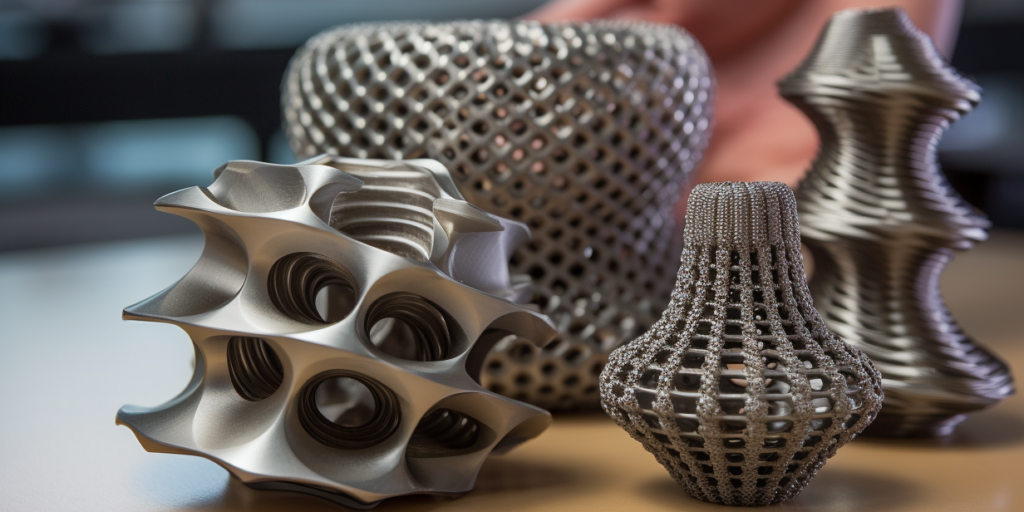Ancient Chinese people believe that ‘Sharpening the knife does not delay the chopping of wood’. This sentence still works when it comes to CNC lathe tools. Understanding various CNC lathe tools would help us better understand the whole CNC process.
Following this article, I’ll introduce you to several common types of cutting tools used in CNC turning, which will make it easier to find the right tool for your lathe project.
Introduction of Machine Tools of CNC Turning Operation
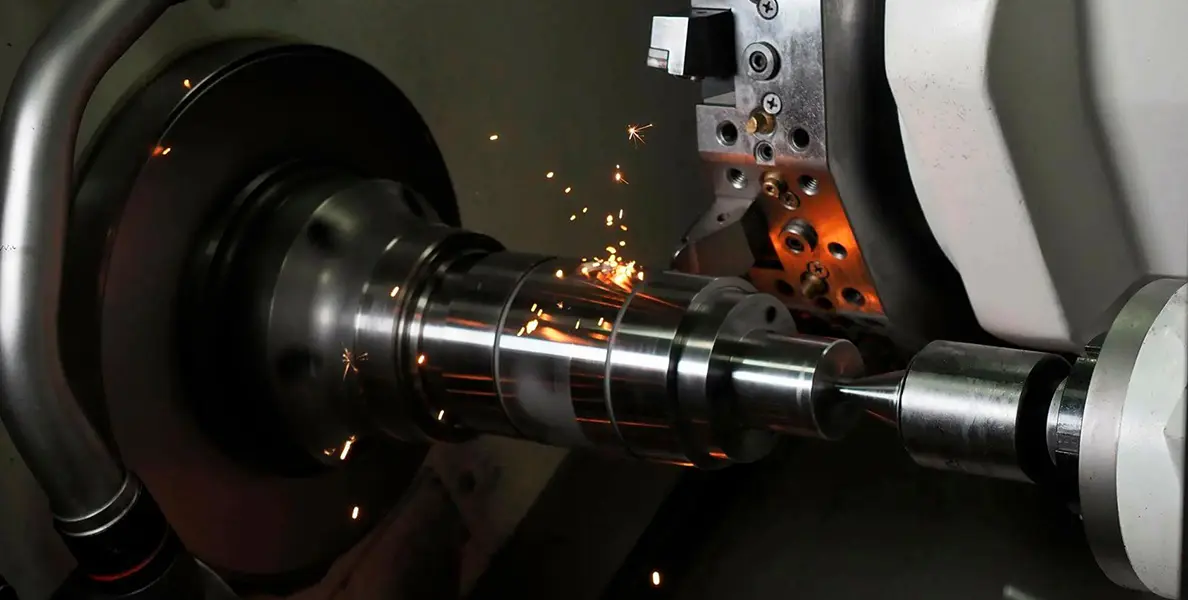
What I’m gonna introduce is cutting tools used in lathes and related CNC machines. In the turning process, it is used to remove materials from a workpiece by rotating the workpiece and cutting tool against each other.
With different types of lathe-cutting tools, CNC turning operators can program the machine to follow precise instructions, allowing for consistent and repeatable results.
This not only reduces the risk of human error but also speeds up the production process, leading to shorter lead times and faster delivery to customers.
Choosing appropriate tools is essential for whole manufacturing. By using the right tools for the job, machinists can create intricate and accurate parts efficiently and effectively.
Types of CNC lathe tools for turning
After our esteemed reader understands the machine tool itself, I’ll introduce you to several different types of lathe tools and their suitability for different CNC lathes.
Standard turning tool
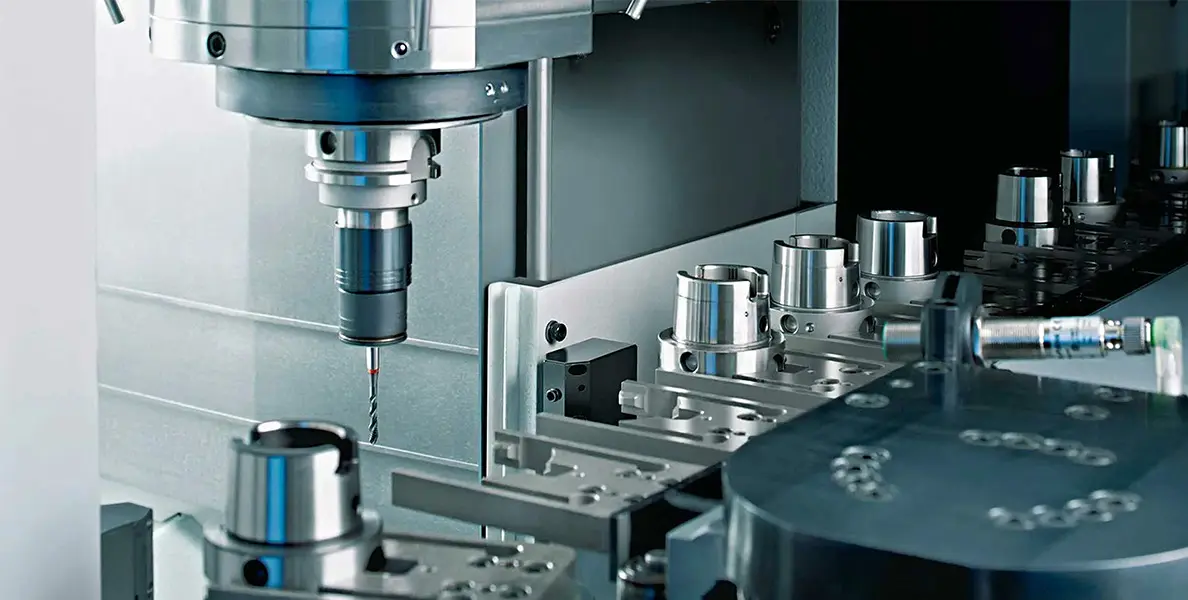
A standard turning tool is a common type of tool used on a lathe, which is specifically designed for turning. It is used to cut and shape metal or other materials by rotating the workpiece against the cutting tool, eventually removing material from a workpiece to create the desired shape.
These tools come in various types determined by their effectiveness and durability, such as high-speed steel, ceramic, and carbide tools. Each type has its advantages and disadvantages depending on the material being worked on and the desired outcome.
In manufacturing processes, these tools are famous in the field where precision and accuracy are crucial. They are designed to withstand high temperatures and pressure while maintaining their sharp cutting edge.
| Attributes | Standard Turning Tool |
| Related Material | Carbide, High-Speed Steel, Ceramic |
| Function |
|
| Advantage |
|
| Application Field |
|
Rough turning tool
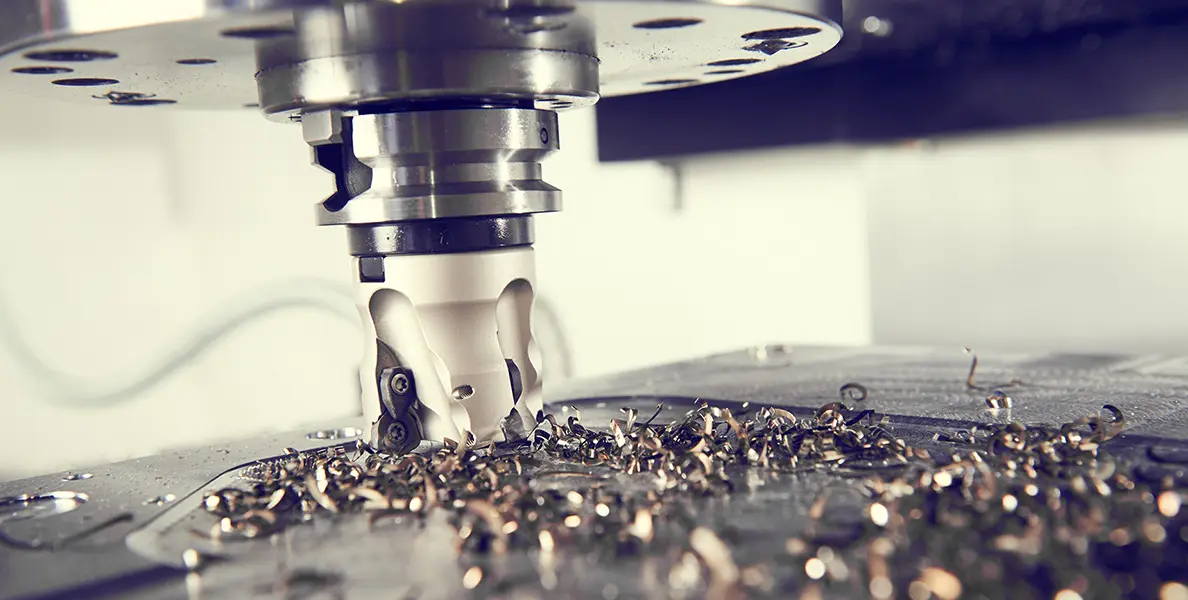
A rough turning tool is used in machining to create a rough surface finish.
Commonly, this tool is used in the initial stages of shaping a workpiece before finishing cuts are made with a finer tool. It’s a kind of high-speed steel-cutting tool that increases productivity in the overall machining process.
A key component of this tool is the insert, which is typically made of a hard material like carbide or ceramic. This material is chosen for its toughness and abrasion resistance, allowing the tool to withstand high cutting forces.
| Attributes | Rough Turning Tool |
| Related Material | Carbide, Ceramic |
| Function |
|
| Advantage |
|
| Application Field |
|
Finishing turning tool
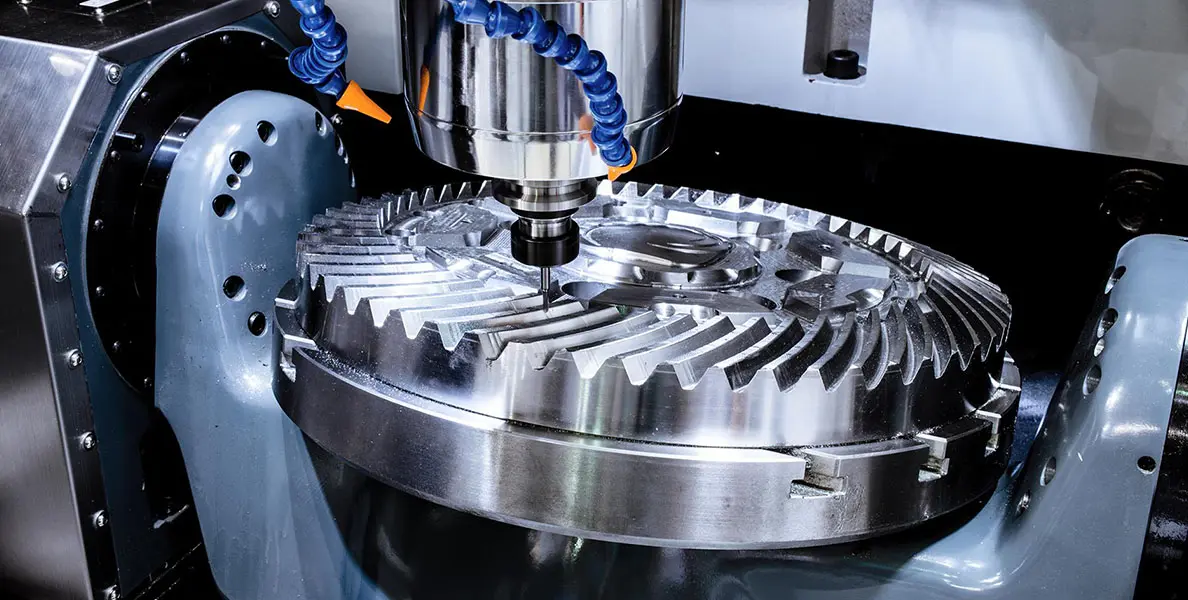
The finishing turning tool is used to complete the final shaping of a workpiece. The tool is applicable in making finishes that have ave critical demand for precision and quality.
Its main function is to create smooth and precise surface finishes on different materials such as aluminum, steel, and plastic. The tool is typically made from high-quality carbide or high-speed steel, ensuring durability and longevity to withstand maximum cutting pressure.
This tool is used to provide excellent surface finishes without extra polishing or sanding, which saves time and ensures high accuracy and consistency of the final product.
It is also famous for accommodating different machining requirements and flexibility from small precision parts to large industrial components.
| Attributes | Finishing Turning Tool |
| Related Material | Carbide, Hih-Speed Steel, Aluminum, Plastic |
| Function |
|
| Advantage |
|
| Application Field |
|
Boring Tool
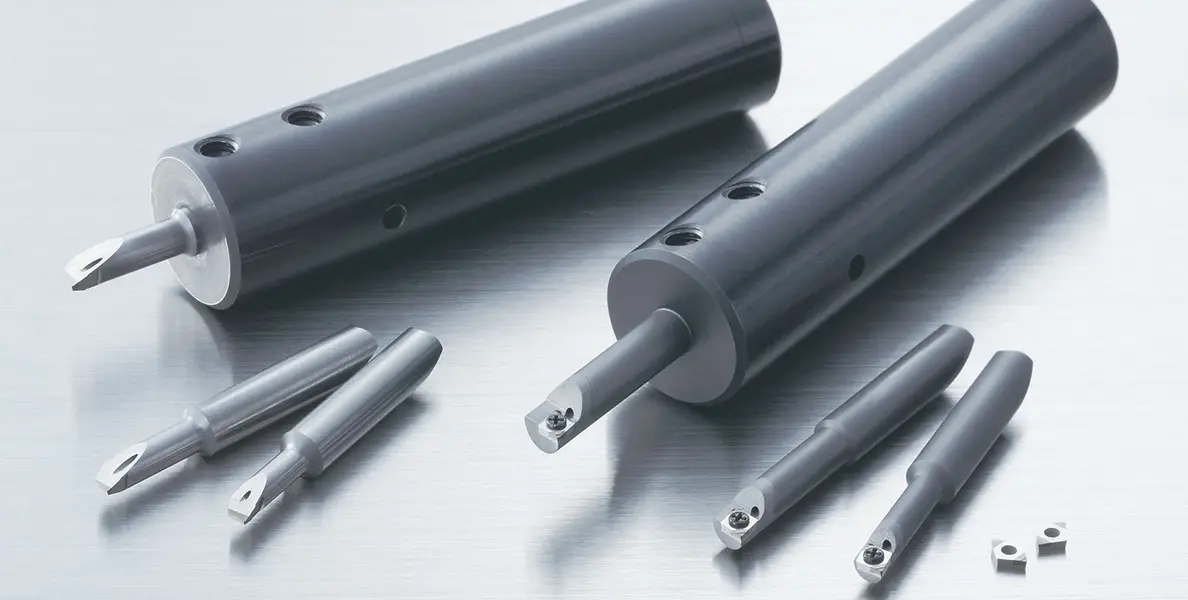
A boring bar is a specialized tool used in a lathe machine to create holes with precise dimensions and finishing. Usually, this tool is made of hard materials such as carbide or high-speed steel, which can withstand the high cutting forces involved in the process.
The main function of a boring bar is to create and enlarge holes in a workpiece. This tool is commonly used in applications where high precision is required, such as in the manufacturing of engine cylinders, gearboxes, and hydraulic components.
Boring bar produce holes with high accuracy and surface finish quality to ensure the proper function of the end product. It also can be used in various machining operations, including internal turning, facing, and grooving.
| Attributes | Boring bar |
| Related Material | High-Speed Steel, Carbide |
| Function |
|
| Advantage |
|
| Application Field |
|
Grooving tool
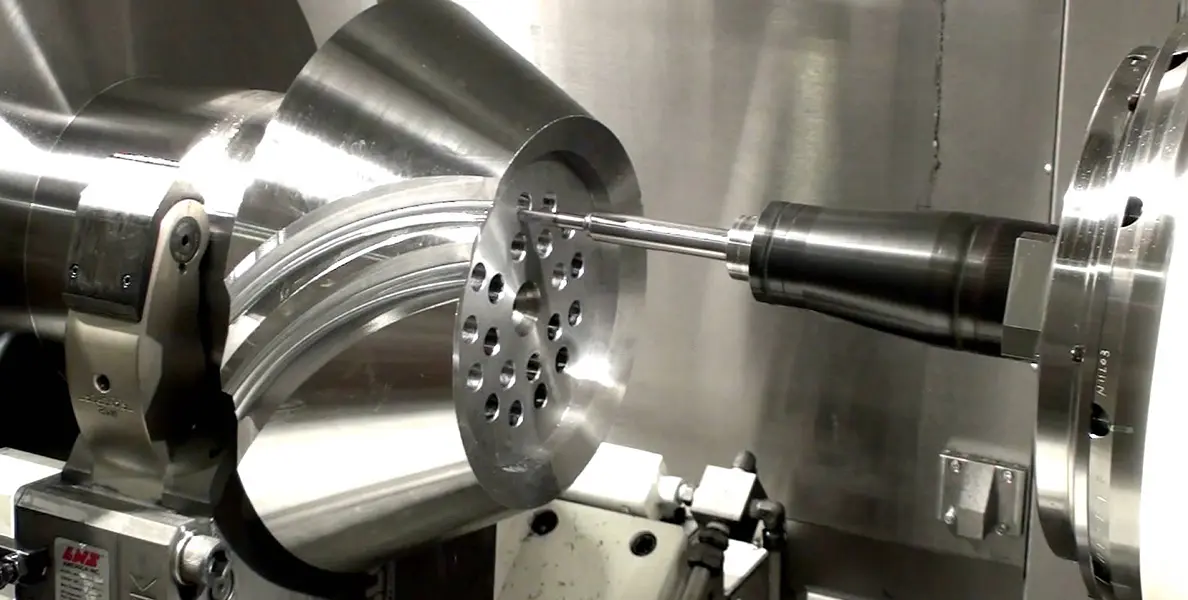
The grooving tool is ideal for creating grooves with a variety of materials. Its primary function is to cut elongated, narrow channels with precision and consistency.
These tools are commonly used in the scenario of creating precise, repeatable grooves that meet specific design requirements and tolerances, like in the woodworking, metalworking, and plastic fabrication industries.
Using grooving tools can create customized designs and profiles in different materials as well as produce clean, accurate cuts that enhance the overall quality and aesthetics of the finished product.
It also increases productivity by speeding up the process and reducing the need for manual labor.
| Attributes | Grooving Tool |
| Related Material | High-Speed Steel, Carbide |
| Function |
|
| Advantage |
|
| Application Field |
|
Threading tool
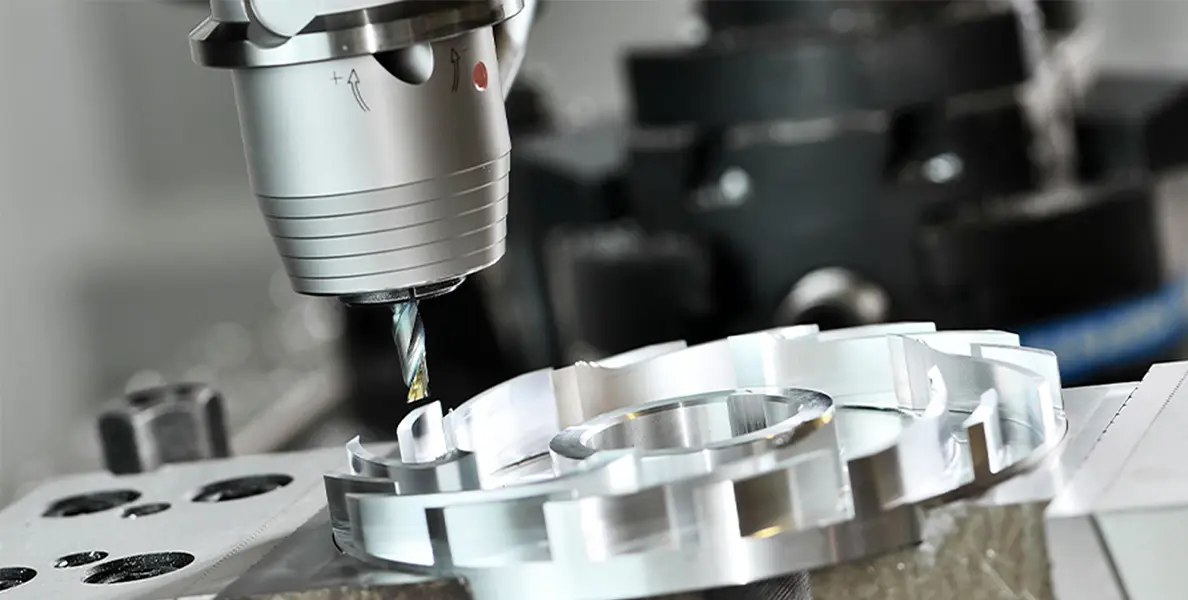
The thread-cutting tool is popular in metalworking by creating threads on a lathe part or workpieces, which is important in applications where tight tolerances are required, such as in the aerospace or automotive industries.
The main function of the threading tool is to cut threads on a lathe, and concentric it onto a rod or other cylindrical material. This cutting operation is achieved by using the tool to remove material in a helical pattern, leaving behind a precise thread profile.
The key advantages of the threading tool are its high accuracy and repeatability. It is also being praised for its versatility on different lathes and materials, including aluminum, steel, and titanium.
In the hands of a skilled operator, a threading tool can produce threads that are not only functional but also aesthetically pleasing.
| Attributes | Threading Tool |
| Related Material | Aluminum, Steel, Titanium |
| Function |
|
| Advantage |
|
| Application Field |
|
Parting off tool

Parting off tool is a cutting tool typically made of high-speed steel or carbide. Its main function is to create a clean and precise cut to separate a workpiece into two distinct pieces without causing any damage to the surrounding material.
Using the parting-off tool can simplify the process of separating workpieces and ensure a high-quality finish every time. Whether you are working on a CNC milling or lathe machine, this lathe machine tool offers you the power to separate the workpiece with ease and benefit you for its adjustment ability.
It is also a versatile tool that can be used in a wide range of applications across various industries, especially those applications that require a smooth and efficient cutting process.
| Attributes | Parting Off Tool |
| Related Material | High-Speed Steel, Carbide |
| Function |
|
| Advantage |
|
| Application Field |
|
Conclusion: What Type of Lathe Cutting Tool Shall I Choose for Turning?
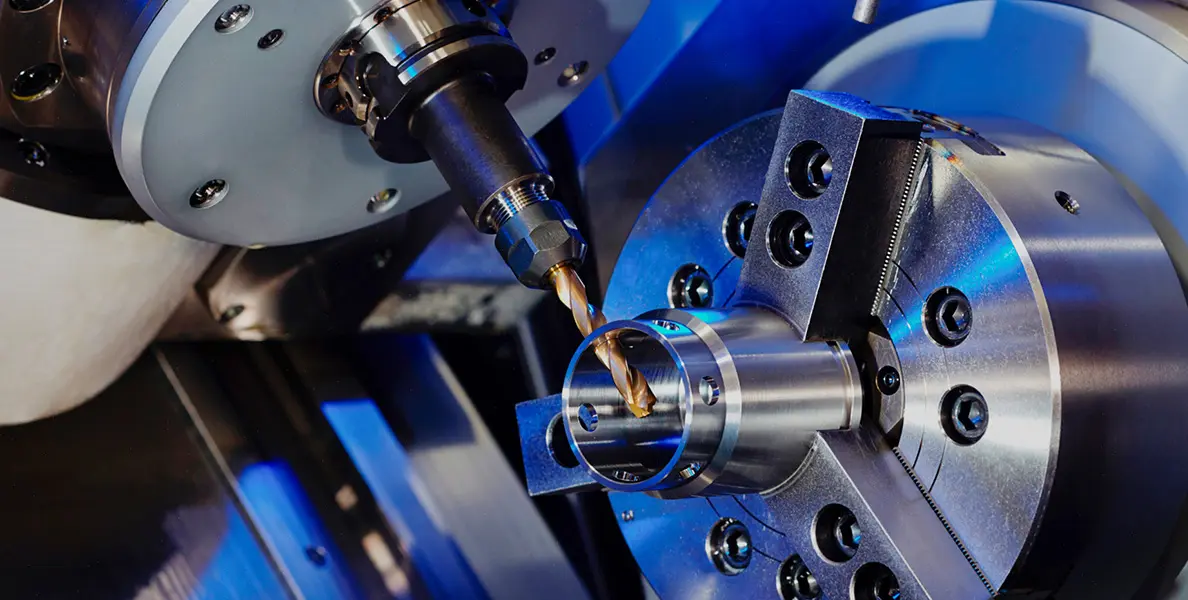
To sum up, the right cutting and machining tool can benefit the turning process. There are many types of cutting tools and each of them has its advantages and suitable applications. Manufacturers need to check specific manufacturing conditions and need to decide which tool is ideal for machining.
XMAKE and turning
As a leading digital manufacturing platform, XMAKE can do professional lathe operation and turning processes with different types of tools. If you have needs that require various lathe tools, welcome to contact us.
Frequently Asked Questions
Q1: Are there any common types of lathe tools that aren’t mentioned in the article?
A: Yes. Due to the length limit, we didn’t expand on some common lathe tools like facing tools, chamfering tools, and knurling tools.
Q2: Why do manufacturers put lathe tools mounted on a lathe?
A: Lathe tools are mounted on a tool holder, which is then secured on the tool post of the machine.
Q3: What is cutting pressure about lathe tools?
A: Cutting pressure refers to the force applied by the tool on the workpiece during the cutting operation.
Q4: How does a left-hand cutting tool differ from a right-hand cutting tool?
A: A left-hand cutting tool is designed to remove material from the left-hand side of the workpiece(aka tools that can move from left to right), while the right-hand tool removes the opposite.
Q5: How does technology enhance the use of various lathe tools?
A: Technology has introduced advancements in lathe tool design and materials, allowing for more precise and efficient machining processes.
References
- Commonly used tools and selection for CNC lathe – Dongguan Langsade Hardware Tools Co. (n.d.). http://www.lsddj.com/NewsView.Asp?ID=323
- CNC lathe tool maintenance and care – Chow’s CNC. (n.d.). https://www.zhoushicnc.com/xinwenzixun/changjianwenti/3962.html


